Take a look at these recently published books on solar energy in our Energy and Environment Series by clicking on the links below. You can access the front matter, table of contents and the first chapter of these eBooks for free.
Solar Energy Conversion edited by Piotr Piotrowiak 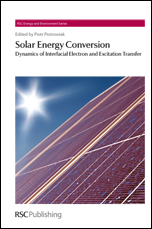
This book provides a state-of-the art review on the experimental and theoretical approaches of studying interfacial electron and excitation transfer processes which are crucial to solar energy conversion. The presented approach is fundamental in nature and thus applicable to a broad range of hybrid photovoltaic and photocatalytic materials and interfaces. The book focuses on the dynamic aspects of the electron injection, exciton and carrier relaxation processes, as well as coherence effects, which continue to provide the impetus and the greatest challenge for the development of new methodologies.
Edited and written by leading experts in the field, “Solar Energy Conversion” will appeal to those working on the fundamentals of hybrid photovoltaic and photocatalytic materials, as well as those commercially interested in their applications.
Materials Challenges edited by Stuart J. C. Irvine
This book provides an authoritative reference on the various aspects of materials science that will impact the next generation of photovoltaic module technology. The emphasis of the book is on thin film photovoltaic materials, addressing the fundamental aspects of photovoltaic solar cell materials and giving a comprehensive description of each, either in research or in production. Particular attention is given to the key materials drivers of solar conversion efficiency, long term stability, materials costs and materials sustainability.
The book is essential reading for materials scientists, energy technologists and all those involved in solid-state physics.
Advanced Concepts in Photovoltaics edited by Arthur J. Nozik, Gavin Conibeer, Matthew C. Beard
This book presents the latest developments in photovoltaics which seek to either reach or surpass the Shockley-Queisser limit, and to lower the cell cost per unit area. Progress toward this ultimate goal is presented for the three generations of photovoltaic cells. The first generation is based on crystalline silicon semiconductors. The second generation is based on thin film silicon, compound semiconductors, amorphous silicon and various mesoscopic structures. The third generation is based on the unique properties of nanoscale materials, new inorganic and organic photoconversion materials, highly efficient multi-junction cells and novel photovoltaic processes. The extent to which photovoltaic materials and processes can meet the expectations of efficient and cost effective solar energy conversion to electricity is discussed.
Written by an international team of expert contributors, and with researchers in academia, national research laboratories, and industry in mind, this book is a comprehensive guide to recent progress in photovoltaics and essential for any library or laboratory in the field.
Did you know?
You can now keep up-to-date with the latest books published from the Royal Society of Chemistry with our eBook Table of Content Email Alerts. Sign up today by selecting RSC eBook Collection in the Book Alerts section on the Email Alerts Service Form.


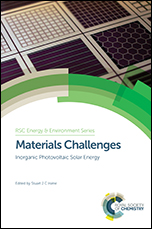
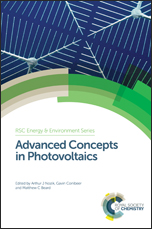









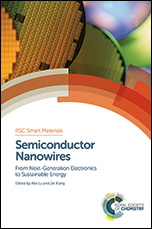

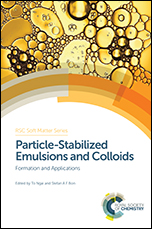
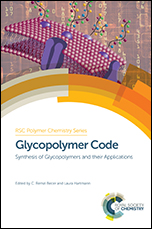
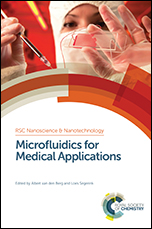

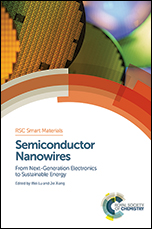 Semiconductor Nanowires
Semiconductor Nanowires Photocured Materials
Photocured Materials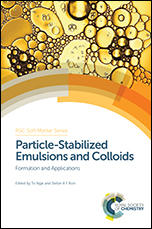 Particle-Stabilized Emulsions and Colloids
Particle-Stabilized Emulsions and Colloids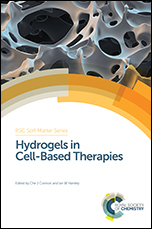 This book looks at the use of different polymers and other bionanomaterials to fabricate different hydrogel systems and their biomedical applications including enzyme responsive hydrogels and biomaterials, thermally responsive hydrogels, collagen gels and alginates.
This book looks at the use of different polymers and other bionanomaterials to fabricate different hydrogel systems and their biomedical applications including enzyme responsive hydrogels and biomaterials, thermally responsive hydrogels, collagen gels and alginates.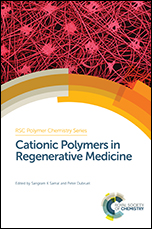 Cationic Polymers in Regenerative Medicine
Cationic Polymers in Regenerative Medicine